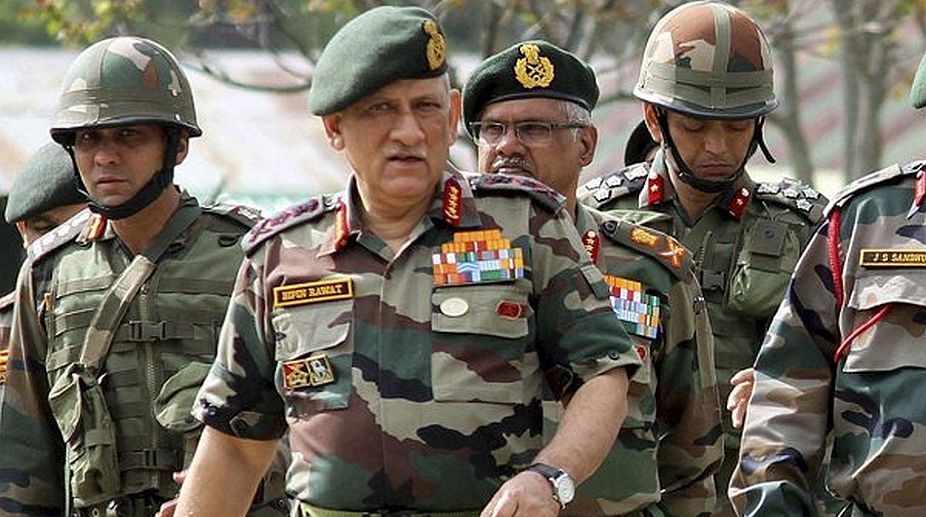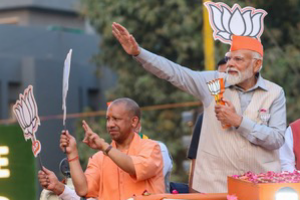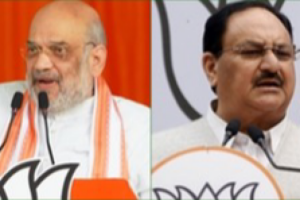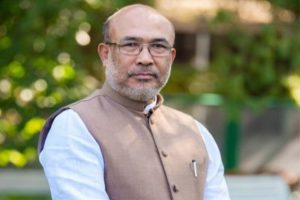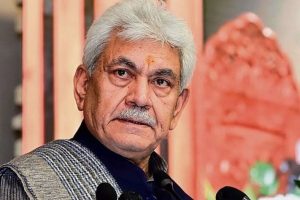The Army Chief is given to making sweeping statements. Defending the indefensible, he has asserted that in his strategic vision, his local commanders must decide on “tactics” in such situations. Ironically, the statement has no validity in military strategy in a democracy and with the rule of law in place.
Tactics subserve strategy, not the other way round. And the strategy must, at all times be laid down by the elected Government, unless of course it is to be the new norm that the Chief is to substitute for the Government.
Little wonder that the present Chief has been compared to General Dyer of Jallianwala Bagh “fame” by a respected scholar. While one may or may not agree with this assessment, the lesson of the Jallianwala massacre is most apt in the present case.
To go back to history, Amritsar was rocked by civil disturbances in the beginning of April 1919. Some Government buildings were burnt down by rampaging mobs.
The head of the Civil Administration panicked. The Deputy Commissioner of Amritsar committed the cardinal sin which no civilian Government ought to commit.
It handed over the civil administration to the local Army Commander, General Dyer. On a personal level, the General may have been an educated man from a good background. He was a pupil of Bishop Cotton School which, ironically to this day, remains one of the premium public schools in India.
But governance is carried on through systems, not through individuals. The rest, as the cliché goes is history. In this case, the most tragic episode in the history of the freedom movement. Something similar is happening in J & K, where the Army, abetted by the para-military to some extent, has virtually taken control of the Government and the Chief openly talks of “half a war” against the citizens.
The trouble with us Indians is that we learn so little from history. Indeed, we hardly read our own history. In all the media debate about the recent episode, one alarming revelation has escaped public attention. The Chief, by publicly endorsing the action of his officer, betrayed his ignorance of the Constitution and the Fundamental Rights of all citizens. AFSPA or no AFSPA, the Fundamental Rights are sacrosanct.
In a landmark judgment pertaining to Jammu and Kashmir, the Supreme Court has ruled (1997, Bhuri Nath) that Article 19, encompassing these Rights, is applicable there. The Army officer concerned had unauthorisedly detained a civilian, thereby violating his right to personal liberty.
By publicly parading him in such a fashion, his right to personal dignity has been violated. By using him as a human shield, the officer has violated private international law and the UN Human Rights Act, 1948 to which India is a signatory.
The subsequent action of the Chief may expose India to international opprobrium. Against this background, India trumpeting itself as the world’s largest democracy rings somewhat hollow. There are multiple violations of the Fundamental Rights of an innocent civilian. Apparently, there is something basically wrong with the training of officers of the armed forces.
The shield of AFSPA cannot provide immunity to the armed forces personnel if they violate Fundamental Rights. In the eye of the law, they are public servants. The problem is compounded by the fact that the Chief himself is not fully sensitized in the matter. It is another manifestation of loose civilian control over the armed forces. The Chief has tried to justify his officer’s conduct on the ground of “necessity”.
This again betrays a certain innocence of the Constitution. The Supreme Court, in another landmark ruling has junked the idea. It has explicitly ruled out the Doctrine of Necessity, a pernicious idea which was first mooted by the Pakistan military to justify the overthrow of the civilian Government.
Unfortunately, in stark contrast it was upheld by the Supreme Court of Pakistan. In the memorable words of the eminent thinker, Prof. Galbraith, the doctrine facilitates the military to procure a one-way ticket to power. The Government of India must draw appropriate lessons from the incident.
An eminent military strategist, after studying the psychological makeup of military leaders the world over, has drawn a fine distinction between a military mind and a warrior’s mind. The challenge before modern democracies is to promote a military mind among soldiers so that they are sensitized to the imperatives of Constitutional governance and the rule of law. In India, the problem is compounded by the fact that civilian control is loosening gradually.
The three wings of the Services, under their respective Chiefs are organized as specialized directorates which are under the Defence Ministry manned by the permanent executive. In theory, they are supposed to be accountable to the Ministry which is headed by the elected Defence Minister. The latter, in turn is accountable to Parliament. This is of course in the realm of theory.
The ground reality is somewhat different. The military Chiefs have been placed above the Defence Secretary, the permanent civilian head of the Ministry. As a result, the civilian control over the military is nominal. The Chiefs are reporting to no one in particular. The virtual lack of accountability has the potential to breed a warrior’s mind, a tendency that must be checked.
Otherwise, good democratic governance will be a casualty. Military strategy dictates that the overall strategy must be laid down by the civilian executive even in times of war, not to mention military operations in internal peacetime duties.
The elected Government is accountable to the people at all times, and this breeds a certain restraint in all its actions as its own citizens are involved.
There may be no such restraint in the actions of security forces which are increasingly unaccountable to any civilian authority. The present state of affairs will, in all likelihood only aggravate the situation. The spiral of violence will continue to rise. The situation is potentially Dyer.
(Concluded)
The writer is a retired IAS officer

